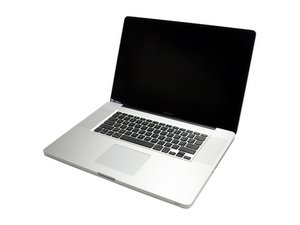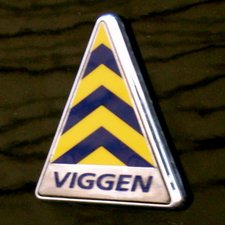Since this is a 17" Unibody MacBook Pro, it has an Nvidia GPU; so unfortunately, Asle's suggestion to use ATi software would likely be useless here.
That said, there isn't a whole lot of room for performance gains here, as under full load with fans blaring at full speed (6k rpm) your GPU will likely be running in the neighborhood of 75˚C (conservative estimate). That is, if you manually set your fans with SMC Fan Control at or close to max speed under OS X before rebooting into Windows, which you always should do if you plan on stressing the system with games. The Boot Camp drivers for Windows have very poor (read: almost nonexistent) thermal management, so they will happily let your hardware get up to a toasty 100+˚C before intervening. Actually, OS X will do this as well. But it's worse under Windows.
If you haven't done that already, then that's probably causing hardware throttling issues that would limit performance.
What David Iwanicki said doesn't make a whole lot of sense to me, as from what I can tell, regardless of your power options under OS X, once you're in Windows, it defaults to the discrete GPU anyway. I have yet to be able to find a way to use the 9400M chip as the graphics output, or get Windows to even acknowledge its presence as more than a simple IO chipset.
All that aside, Nvidia's Windows drivers include performance tools that allow for system overclocking, particularly in the areas of GPU performance, but also with some RAM and CPU options as well. While these options can be enabled in the software on Windows, I have not yet actually attempted to make any adjustments, and do not know if they will actually have any affect given the specialized nature of Apple's EFI firmware and Apple's special Boot Camp drivers for the GPU. The Nvidia software claims that the Apple graphics drivers are not recognized (though the hardware is) and that updates would have to be obtained from the hardware vendor (Apple). This is the other reason to doubt whether the available adjustments in the performance tools will have any affect.
Before I would even consider attempting any of that though, I would look at improving thermal characteristics. Get a raised cooling pad with fans to blow on the underside of the MacBook. I also ordered some high-performance Arctic Silver "Matrix" thermal paste that I'm using to replace the cheap silicone grease used by the factory, and I'm going to do a proper job applying it as well. Of course, such an operation as removing the logic board and heatsink is not for the faint of heart. But I'm hoping that this will drop at least 3˚C from my operating temps at load; the biggest issue is effectively transferring the heat from the CPU and GPU to the heatsink, which apparently is roughly 5-15˚C cooler than the chips it covers at any given time. I'm hoping to knock at least 5˚C off of the temperature difference under load. I've heard stories of people dropping idle temps in their MBP's from 55˚C to 50˚, and some approaching as low as 45˚C. In the PC world, MacBooks run obscenely hot for pretty much of the time. Laptops in general run hotter than desktops, but MacBooks more so than their PC brethren. These measures should also hopefully improve the lifespan of the hardware, since excessive heat (a.k.a. "normal" operating temperatures in this case) can quickly degrade the internals of microchips.
I hope somewhere in this obscenely long post (and posted notably 2 months after the original posted question) someone can find something of use to them.
Cette réponse est-elle utile ?
A voté
Annuler
Indice
4
Annuler
Faites défiler ce fil pour trouver l'endroit approprié pour y placer ce commentaire. Cliquez ensuite sur « Ajouter commentaire à cette contribution » pour le déplacer.


 2
2  1
1 

 6
6 


1 commentaire
In general we are trying to promote questions about improving older hardware's lifespan instead of improving performance of new hardware. Because I believe your question falls into the latter portion, I voted you down.
par Nat Welch